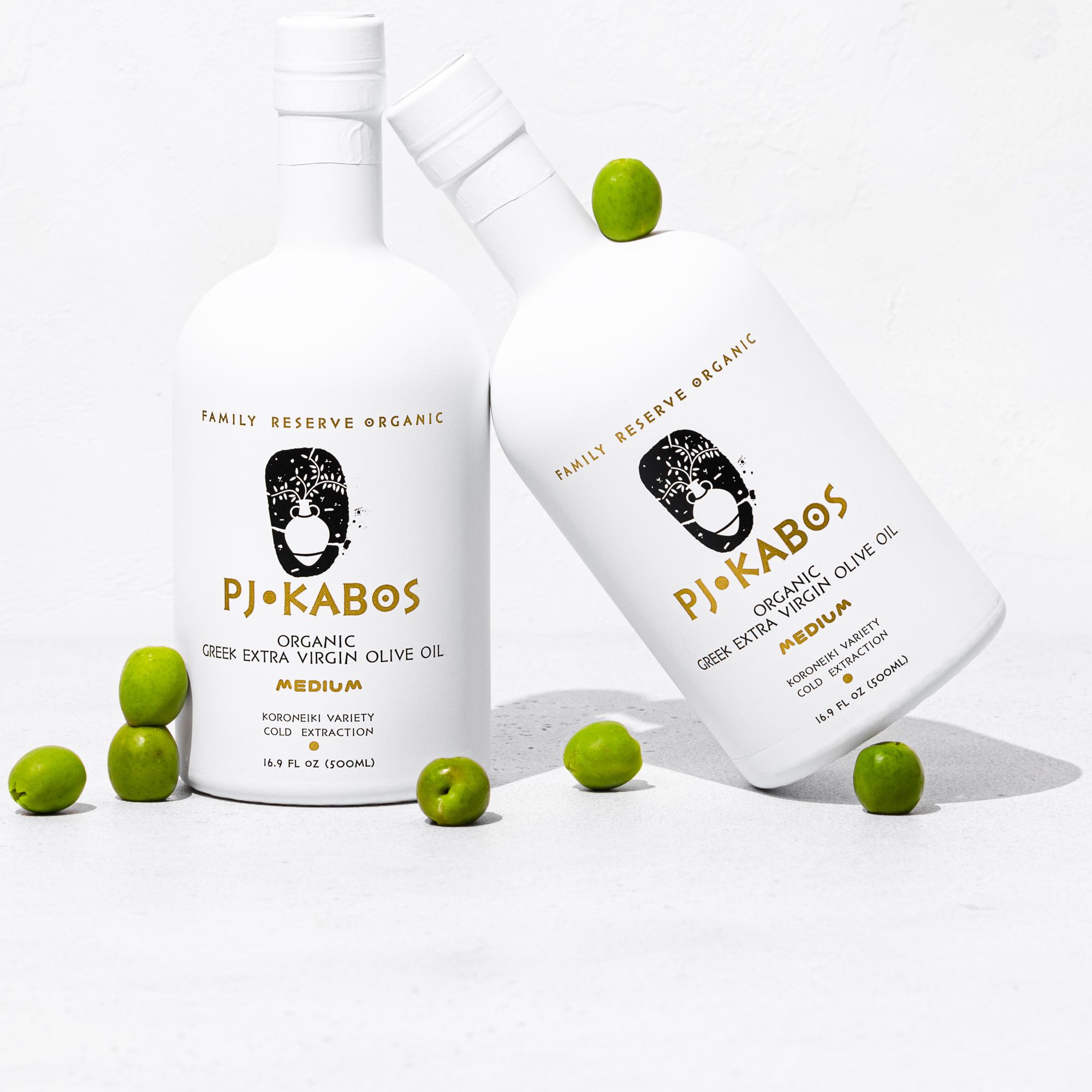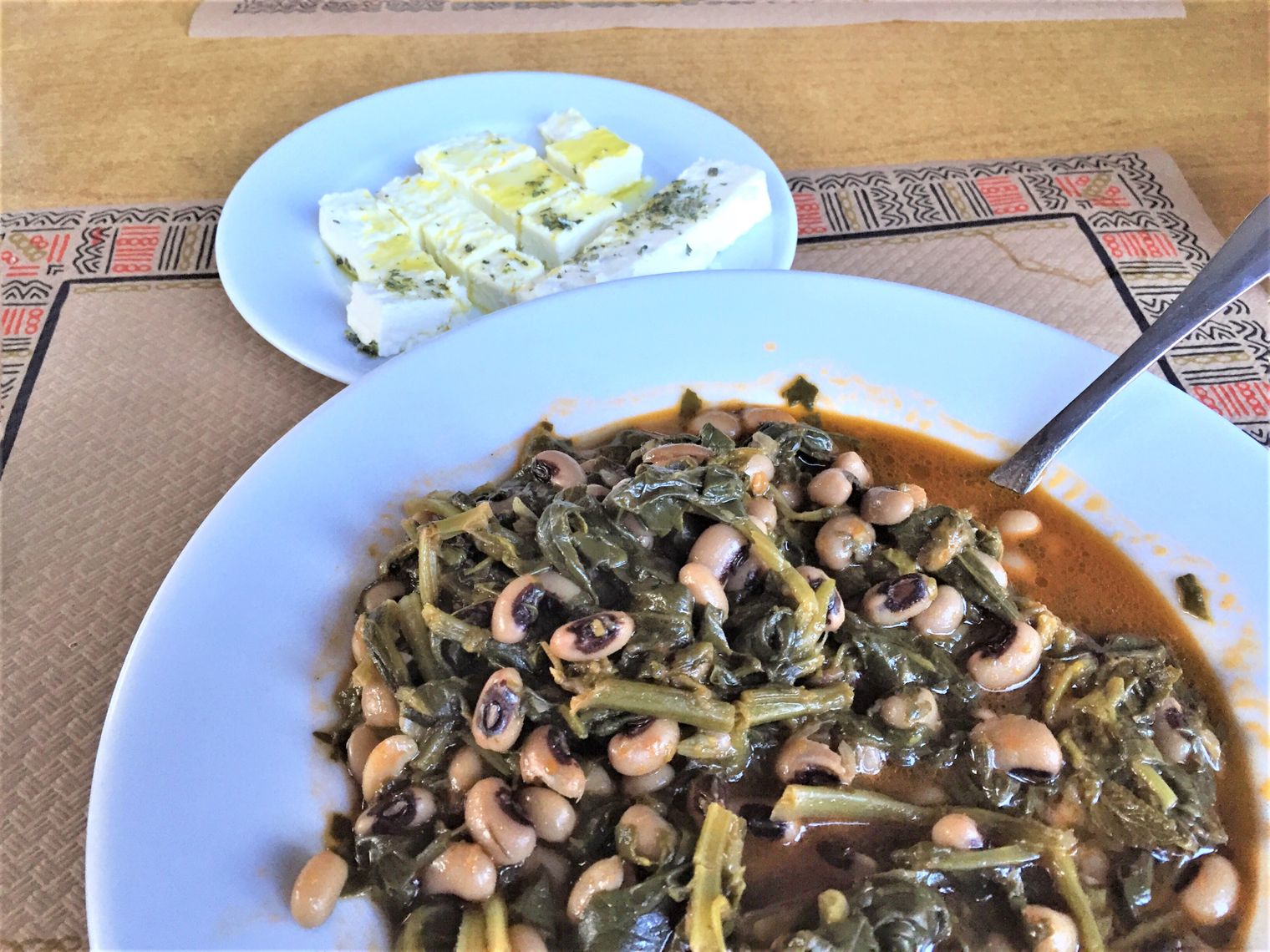Often, olive oil is associated with countries like Italy, Spain, and Greece—but did you know that Turkey ranks number four in the world for olive oil production (even higher than Morocco, which has recently been making a name for itself with olive oil)?
Turkey offers the perfect climate for olives. Turns out, olives were actually first cultivated around 6,000 years ago in the Asia Minor or Anatolia region, which comprises what is now modern-day Turkey. So the area and its people are no strangers to olive oil. In fact, olive oil is absolutely essential in Turkish cuisine (and the Mediterranean diet in general) and is used in salads, for frying, in recipes like şakşuka and dolma, and in dishes alongside wide variety of vegetables such as artichokes, Jerusalem artichokes, broad beans, and eggplant. Olives are also commonly eaten at breakfast in Turkey!
Although it’s pretty underrated, high-quality Turkish olive oil is beginning to garner praise from olive oil pros as its quality has been improving over the years. Here, we discuss what makes it unique, some common Turkish olive varieties, and the best ways to use Turkish olive oil in your home cooking.
What Do Turkish Olive Oils Look & Taste Like?
High-quality olive oil from Turkey can vary in flavor and color depending on when the olives were harvested, the region of Turkey in which the olives were grown, and the specific variety/cultivar of olive used. So there’s no single description that can fully encapsulate what Turkish olive oil is like—you’ll have to taste several for yourself.
But, keeping this in mind, we can still make a few generalizations that are true for many Turkish olive oils. Often, Turkish olive oil is said to be smoother and have a more mild, almost buttery flavor than olive oils from Italy, Greece, and other Mediterranean countries. Why is this, exactly? It’s not necessarily due to a different climate—according to locals,Turkish people use olive oil for cooking all sorts of different dishes, so they often prefer their olive oil to have a more subtle flavor and aroma, which can be achieved when olives are harvested later in the season. Another reason for later harvesting is that mature olives yield more oil than unripe olives.
Types of Olives Used in Turkish Olive Oil
Here are a few of the most popular Turkish olives used to make Turkish olive oil. Consider buying some Turkish olive oil—along with olive oil from a few other countries like Italy, Spain, and Greece—and then host an olive oil tasting with some friends to determine your favorite!
- Gemlik: Gemlik olives are widely grown in Turkey, especially in the north. These black olives have a high oil content, a mellow flavor, and pleasant texture that makes them popular as a breakfast olive. They’re also widely used in olive oil production.
- Domat: Domat olives are found throughout the Aegean region of eastern Turkey. These olives are large and green, and commonly used for stuffing with ingredients like garlic and cheeses. They also make a great olive for oil production
- Memecik: Like Domat, Memecik olives are also found throughout the Aegean region in eastern Turkey. These olives are green with a rich taste due to their high oil content.
Some other Turkish olive cultivars that may be used to make monovarietals or incorporated into olive oil blends include Ayvalik, İzmir Sofralık, and Edremit.
Types of Olive Oil from Turkey
When shopping for Turkish olive oil, you may see some terms on the label that you don’t recognize, since these terms are often written in Turkish. Here’s a quick primer on Turkish olive oil terminology:
- Natural Pressed, EVOO (Naturel Sızma): Natural pressed olive oil is the equivalent of extra virgin olive oil. It is completely raw and never treated with heat or chemicals. It also has the lowest acidity levels (0.8% or lower) and a high nutritional value. Most natural pressed olive oils are made with modern-day equipment, but some are still produced with traditional stone presses.
- Early Harvest Olive Oil (Erken Hasat): Early harvest olive oil refers to the fact that the olive oil was produced from immature, unripe (green) olives. These oils are typically more expensive, have higher levels of polyphenols and other antioxidant compounds, and have a pleasantly bitter, peppery taste. Early harvest olive oils are often natural pressed as well.
- Virgin Olive Oil (Naturel Birinci): Virgin olive oil has a slightly higher acidity content than natural pressed olive oil, between 0.8% and 2%. The olive oil is lighter in color and mellower in flavor than EVOO, so it’s suitable for a wide variety of culinary applications since it won’t overpower your dishes.
When Should I Use Turkish Olive Oil?
Much of Turkish olive oil is smoother and has a more mild, buttery flavor than olive oils from Italy, Greece, and other Mediterranean countries. For this reason, you can use Turkish olive oil for most of your cooking and baking needs, since the flavor typically isn’t too intense. Keep in mind, though, “early harvest” oils will be more bitter and often have a peppery finish that will stand out in your cooking. So choose wisely!
Here are some ideas on how to use Turkish olive oil:
- Use Turkish olive oil for dolmas, or stuffed grape leaves, which are often served cold with lemon juice and olive oil for dipping.
- Use it in şakşuka, a classic Turkish dish featuring a variety of vegetables such as eggplants, zucchini, onion, peppers that have been cooked in olive oil and seasoned with garlic, salt, and pepper.
- Use it to prepare a variety of popular Turkish cooked-then-chilled vegetable dishes, such as roasted eggplant salad, broad bean (a.k.a. fava bean) puree, samphire with olive oil and garlic, and pinto beans with fresh tomatoes, onions, garlic, and carrots.
- Dip crusty bread into a high-quality Turkish olive oil, along with Za'atar (a spice blend popular in Turkey and the Middle East including dried oregano, thyme, marjoram, sumac, and toasted sesame seeds).
- Pour it over warm grain dishes, meats, and fish.
Product placement
PJ KABOS 'Family Reserve Organic - Medium'
High Phenolic and 2022 Gold-Award Winner.
Declared as 'One of the World's Best Olive Oils'.
Click here to shop.




